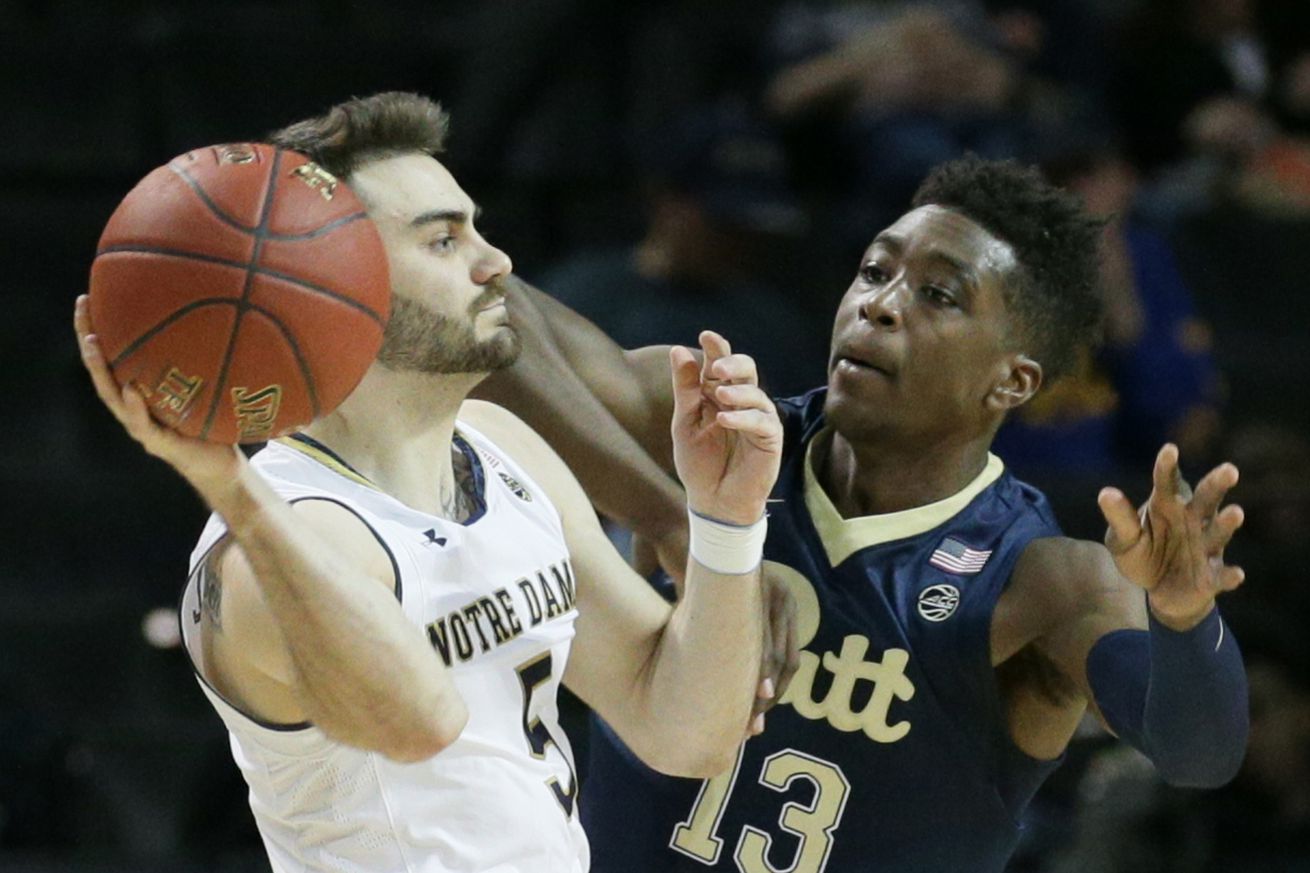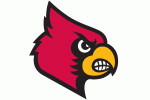One of the last post-game press conferences that I attended when Jamie Dixon was still the head coach happened to fall on night in which former Pittsburgh Panther Damon Wilson performed well enough to be mentioned. While Dixon had praise for his guard, he also took the time to talk about how much farther he needed to go. That’s not atypical for coaches to do of freshman players, or any player for that matter.

The critique didn’t stand out to me, but Dixon’s compliment did: He mentioned that when they were recruiting Wilson, what stood out the most about him was how good of a player he was in transition, but how that’s such a small portion of the game.
Given that Pitt conducted their first official practice last Tuesday and new head coach Jeff Capel mentioned how he wanted his to team to play faster, you might see where I am going with this. Faster ^= Transition, but for the purposes of this article let’s talk transition. Here’s my Twitter response to playing faster, and I’ll explore that in more detail next week:
If Capel gets Pitt to play a little faster, it should open up opportunities against recovering defenses. But running more off-ball action earlier in possessions and hunting for a second look when the first isn’t there will be more sustainable long-term.
— Stephen Gertz (@Stephen_Gertz) September 25, 2018
Transition offense doesn’t represent a substantial portion of a collegiate team’s offense, at least in terms of raw numbers. Only 13.3% of the Panthers attempts came in transition last year. Maybe that seems pretty high when represented as a percentage, but it breaks down to around 3.5 shot attempts per half, or 7 per game. That’s not a lot. While I am going to keep this Pitt-centric, getting into transition offense isn’t easy for most teams.
It might sound surprising to some, but getting into transition usually requires something going right on the defensive end. It’s hard to run on a team after a made basket as the scoring team has a few extra seconds to get back on defense. That means rebounding is very important. While most would rather forget, the Panthers were pretty bad defensively (putting it nicely), and didn’t crash the boards all that well either.
Whoever rebounds the ball either needs to push the ball up the court quickly or pass to someone who can, almost immediately. That player must keep their head up, understand the options they have based on the position of the defenders who are back and the teammates they have running. The players without the ball must be disciplined running their lanes or be committed to a staggered approach. Ultimately, the team hopes to get a short-handed defense to commit in a way that allows the offense to exploit their numbers and finish with a basket.
Last season, Pitt had few players who fit any of the roles I just outlined, and that was a rather high-level view as well. I am not trying to belabor the fact that the team wasn’t very good in that aspect last year, because transition offense isn’t easy in general. The reality is so many things have to go right in a situation that doesn’t occur all that often to be effective in transition.
In order to run more this season, the Panthers are going to need to be better in a few areas and also have a players with a multi-faceted skillset. Playing better defense and securing rebounds, especially long ones that go to guards is at the top of the list. If that doesn’t happen, transition opportunities will be severely limited.
Next, Pitt needs to have at least two players who have the ability to push the ball up the floor with their head up. If only one player can get your team into transition, it limits the options rebounders have for outlets, and good teams can leave a defender on that player. When multiple players can push the ball up the floor it opens up a lot more possibilities.
For example, sophomore forward Shamiel Stevenson flying down the court with the ball may be able to get ahead of his own defender, which would likely free a guard to rim run or spot-up. Newcomer Xavier Johnson seemingly possesses the quickness and speed to get to the rim himself, which could open up the opportunity for another guard to run in a parallel (more likely a cone shape of sorts) lane for a 2:1 situation and a layup at the rim. Obviously, there are more possibilities if more players can handle the ball in transition.
Personally, I think the Panthers will be at least a little more successful in transition. A big part of that is the natural maturation of their young players and Xavier Johnson steering the ship. Still, for those of you who are attending the practices, a good indication of whether or not Pitt will be able to run more is if multiple people are looking to push. Of course we won’t know about the defense until they actually play games.
Again, playing faster IS NOT the same thing as transition offense, but it’s worth exploring...especially when we’re in early October and the football team isn’t playing all that well, and some fans are now really anticipating the start of basketball.
Be sure to join Cardiac Hill's Facebook page and follow us on Twitter @PittPantherBlog for our regular updates on Pitt athletics. Follow the author @Stephen_Gertz



















